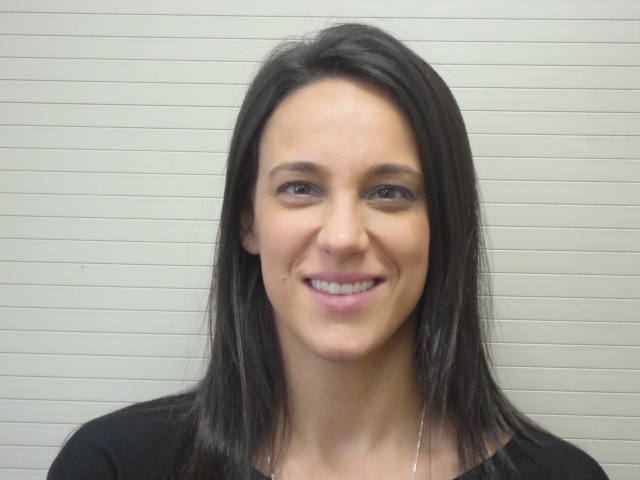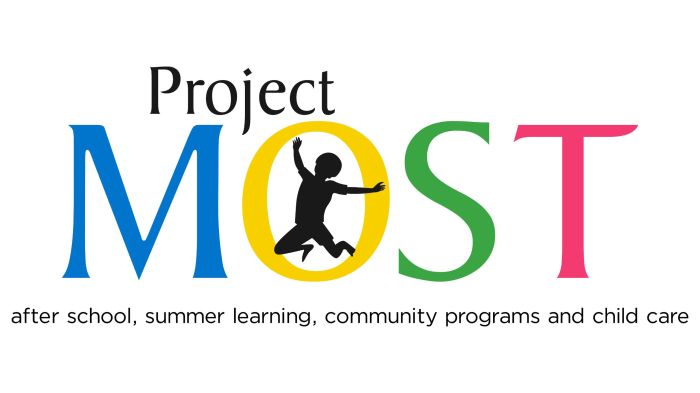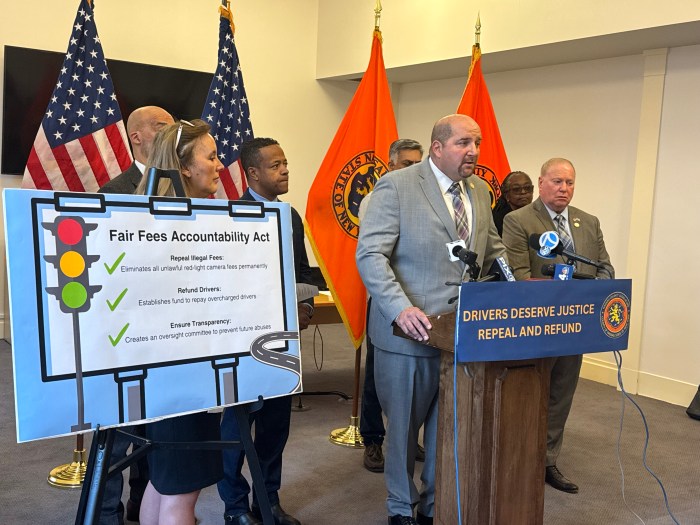By Bernadette Starzee
Boys are diagnosed with autism spectrum disorder at about a 4-to-1 ratio to girls. While research supports a greater biological vulnerability to the disorder among boys, it’s also true that girls go underdiagnosed for multiple reasons.
“The true ratio is probably closer to 2 to 1,” said Dr. Bobby Newman, executive director of clinical services and Long Island director for Proud Moments ABA in Cedarhurst, a provider of applied behavior analysis (ABA) therapy for individuals on the spectrum.
With girls being diagnosed less frequently or diagnosed at a later age than their male counterparts, they miss out on opportunities to receive vital evidence-based therapies and supports that improve outcomes.
Autism Spectrum Disorder (ASD)
The autism spectrum is hallmarked by difficulties in communication and socialization that can take a wide variety of forms, said Dr. Newman.
The social piece can range from “avoiding social contact to not understanding the rules of social contact and therefore being overly involved socially, to the point where the individual unknowingly puts tremendous pressure on a friendship or fails to realize when people are making fun of them, which makes them the perfect victim for bullying,” Dr. Newman said.
Other behaviors commonly associated with ASD include repetitive behaviors, narrow interests, obsessions with schedules and rituals, and sensory difficulties, among others. Some people with autism also have an intellectual disability.

Gender Differences
In her current caseload of individuals with ASD, males outnumber females 5 to 1, said Dr. Lisa Wajsblat, a psychologist and board-certified behavior analyst with Fay J. Lindner Center for Autism and Developmental Disabilities at Advantage Care Health Center, which is an affiliate of Brookville-based AHRC Nassau, a service provider for individuals with developmental and intellectual disabilities.
“Research does indeed support a greater vulnerability among males due to sex-linked genetic factors, specifically with regard to influences from the X-chromosome,” Dr. Wajsblat said.
That said, a failure to recognize autism in girls is common, she said. One reason is research-related: There’s a selection bias or phenomenon in which boys are overrepresented in ASD research studies.
As Dr. Wajsblat explained, “Parents may bring their daughter for a diagnosis but because their symptoms do not align as closely with current diagnostic criteria, these girls may not receive an official ASD diagnosis.”
Another major factor is that girls with ASD tend to be better at social camouflaging than boys.
“Girls are more adept at navigating social situations by mimicking the behavior of their peers,” Dr. Wajsblat said. “Adult and adolescent females with ASD often describe how they imitate their peers’ behaviors. Over time, it becomes emotionally, and almost physically, draining to mimic affect [expression of emotion], eye contact, and body language during each and every social interaction.”
There are also marked differences in behavioral tendencies between boys and girls, with females much more likely to internalize their feelings. As a result, their symptoms are more likely to be evident as depression, anxiety, or self-esteem issues, as opposed to externalization, which is more common in boys and might include impulsivity, hyperactivity, defiance, and conduct problems. Therein lies a crucial reason for underdiagnosis in girls.
“Girls’ behavior is far less likely to be found problematic, especially in the school setting, and girls are therefore less likely to be referred by the school for an evaluation,” Dr. Wajsblat said.
Why Underdiagnosis Is Harmful
Underdiagnosis invariably leads to undertreatment or inappropriate treatment. Girls who are diagnosed later or not at all miss out on the opportunity for critical early intervention, Dr. Newman said.
“Interventions are more effective when the brain and nervous system are still developing – before habits and behaviors become well rooted,” he said.
Dr. Wajsblat points to diagnostic evaluations she conducted over a period of seven years that included 42 females with confirmed or suspected ASD. Of these females, 15 percent were diagnosed at age 13 or older, including two who were initially diagnosed after the age of 40.
“Virtually all of the 15 percent reported a history of bullying, anxiety, and depression, and what strikes me even more is that they received up to eight alternate diagnoses, including anxiety, depression, eating disorders, ADHD [attention deficit hyperactivity disorder], and learning disabilities,” she said.
Girls who go undiagnosed have much less opportunity to learn critical social, safety, and adaptive skills, she added.
“For instance, if you are a young woman who has gotten by socially by mimicking the social behavior of others, think of how that might look at negotiating dating and professional situations,” she said, adding that risks impacting girls who have ASD can be mitigated with appropriate treatment.
“There are evidence-based interventions that are effective at helping to build social skills, emotional competence, and self-esteem,” Dr. Wajsblat said. “The fact that many girls and women do not have access to these interventions is problematic, because it creates a much higher likelihood of adverse mental health and behavioral outcomes.”
What Can Be Done
There’s a need to build awareness that autism is not as rare in girls as previously thought, and that the presentation may look different in girls, Dr. Newman said.
This includes more training for the “first professional eyes” – early childhood educators and pediatricians – that are on children, as well as mental health providers, Dr. Wajsblat said.
In addition, she said, ASD researchers need to recruit more females for studies, to get critical information to help inform diagnostic criteria.
Sign up for Long Island Press’ email newsletters here. Sign up for home delivery of Long Island Press here. Sign up for discounts by becoming a Long Island Press community partner here.





























